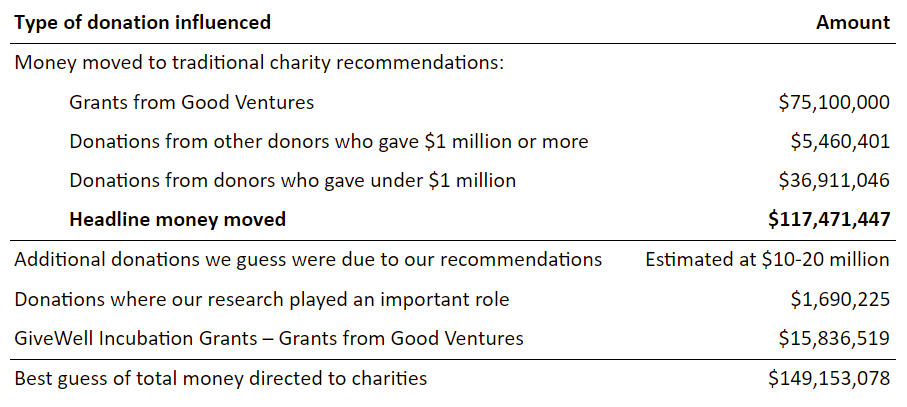In July 2018, we recommended a $5.1 million grant to Evidence Action Beta to create a program dedicated to developing potential GiveWell top charities by prototyping, testing, and scaling programs which have the potential to be highly impactful and cost-effective.
This grant was made as part of GiveWell’s Incubation Grants program, which aims to support potential future GiveWell top charities and to help grow the pipeline of organizations we can consider for a recommendation. Funding for Incubation Grants comes from Good Ventures, a large foundation with which we work closely.
Summary
This post will discuss the following:

